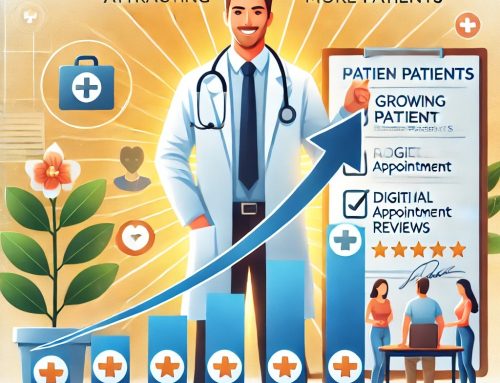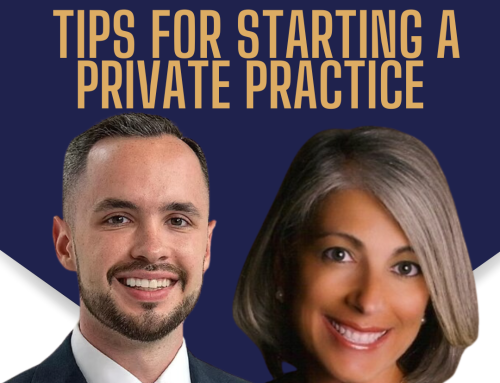As a professional, you have the knowledge and experience to share with the world. Besides adding value, there are many benefits to becoming a bestselling author.

Benefits
The biggest benefits are intangible as opposed to earning from direct book sales. Mike Schultz, principal of the Wellesley Hills Group, of Framingham, Mass. wrote about it in BusinessWeek, stating:
“The vast majority of the authors we surveyed — 96% — said they did realize a significant positive impact on their businesses from writing a book and would recommend the practice.”
So what ARE the benefits? They include:
- Garnering higher speaking engagements
- Command for higher fees
- Getting more leads (patients/clients)
- Converting leads (sealing the deal, getting the prospective patients to make appointments)
Business credibility: A good book strengthens your brand and increases public awareness of you. A book that explains your mission and core model, helps people understand what you’re all about and how you can best serve them.
More people seek the business or practice since it stands out as being of value and the perception is that since you’ve written the book, you’re the best! People then want to consult with you and more in-depth knowledge.
Personal credibility: Becoming an author establishes you as a thought leader and an expert in your field when recognized by publishers. It establishes connections with potential clients and business associates.

What makes a Bestseller?
A bestseller starts with one that is:
- Grammatically correct
- Understandable without technical jargon or lofty vocabulary
- Relevant
- Engaging
- Captivating
- Elicits emotions
Who is Your Target?
They say that everyone has a good book in them and I think that it’s true. You have led a life filled with interesting stories and if spun the correct way, is one that most people would like to hear.
The thing is, perhaps the stories that you would like to share, have no relevance to your current business. Maybe it is science fiction, folklore, biographies of celebrities or historical features. Perhaps it is a book to motivate and inspire students and the youth of today.
If you are writing the book to satisfy yourself and ‘scratch an itch’, that’s fine but it doesn’t need to actually be published. If you are writing the book for others, that’s great! But before you put fingers to the keys or pen to the paper, ask yourself, “Who am I writing this book for? Who do I expect to read and enjoy this story?”
Once you have answered this question, the slant and way you present your book will have more meaning.
Now that you’ve finished the book, the hardest part comes next! It is not in the writing of the book or the research involved. It is the marketing of your book.
Did you know that many great books were rejected by hundreds of publishers first? These publishing houses are kicking themselves now!
Rejections and Benefits of them
If you have been rejected for your book, you are in good company:
- Agatha Christie was rejected consistently for 5 years until she received the first yes. Her book sales have sold more than $2 billion.
- Louis L’Amour got rejected 200 times before Bantam said yes and is their bestselling author with 330 million sales.
- Jack Canfield and Mark Victor Hansen had 144 rejections before publishing “Chicken Soup for the Soul” series which sells around the world, grossing millions of dollars with 125 million copies purchased.
- J.K. Rowling received many rejections before Harry Potter could be enjoyed by everyone
- C.S. Lewis was rejected for years but eventually got a publishing deal which was translated into more than 47 languages as “The Chronicles of Narnia” and sold over 100 million copies
Some writers submitted the same manuscript until the right publisher came along while others revised and polished it and still others took the advice from publishers to create an entirely new version. What they all share is the persistence to “keep on trucking” and not giving up on the dream.
The Dream

Publishers may not see the dream as you do. They see profits or losses. After all, it takes a good deal of expense to publish a book and then market it.
Your job is to show them how others will want to share your dream and feel that they want it. This is done with a book proposal.
Book Proposal
The importance of a book proposal is that you are showing that there is a market for your book and how you will market to this audience. You need to show how there will be excitement when your book is released and how it will become a buzzword or go viral. Publishers need to see that the dollars they put out will be well spent.
This basic template shows the structure for an effective book proposal.
1. Overview
Describe your book in two or three paragraphs (500 words or less). What is the title and subtitle? Think of this as the brief review you’d love to see in the NY Times Book Review.
2. Target Audience
Who is your core audience, the most likely purchasers of this book? How big is that market? What other groups and types of readers will also be interested? What makes your book unique?
3. About the Author
What makes you uniquely qualified to write and promote this book? Do you have a social media platform? How many followers or fans do you have?
4. Competitive Titles
List and summarize the major competitive titles and explain why yours is different from each. This will show that there is a desire for this type of book and show how yours differs enough to attract the attention of this market.
5. Marketing and Promotion
What is your comprehensive plan to actively promote the book? These questions are key because even though your book is not self-published, even big publishing houses are depending on you to do most of the marketing. Where should publicity be focused? What magazines and social media sites do your readers hang out at?
6. Testimonials
What celebrities or influencers will endorse you and the book prior to manuscript completion?
7. Speaking Appearances:
What are the topics and target outlets? Beyond book stores, What places and groups would be interested in your talk? Do you have mailing lists?
8. Detailed Table of Contents
Include the full Table of Contents, with comprehensive summaries of each chapter.
9. Sample Chapters
Include the first one or two chapters that reflect your voice, (sense of style), substance and structure.


